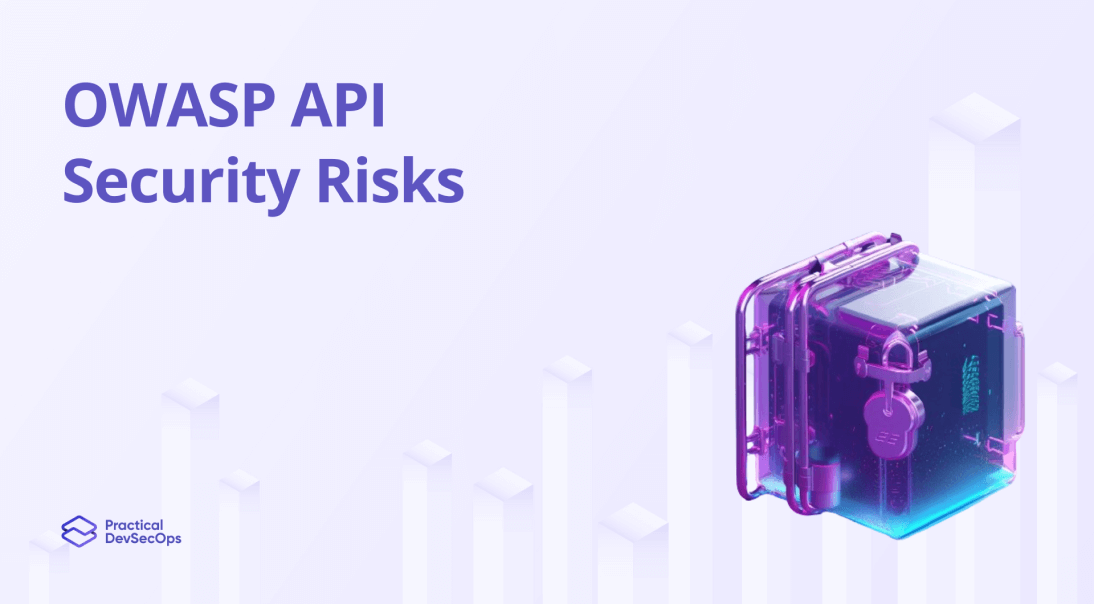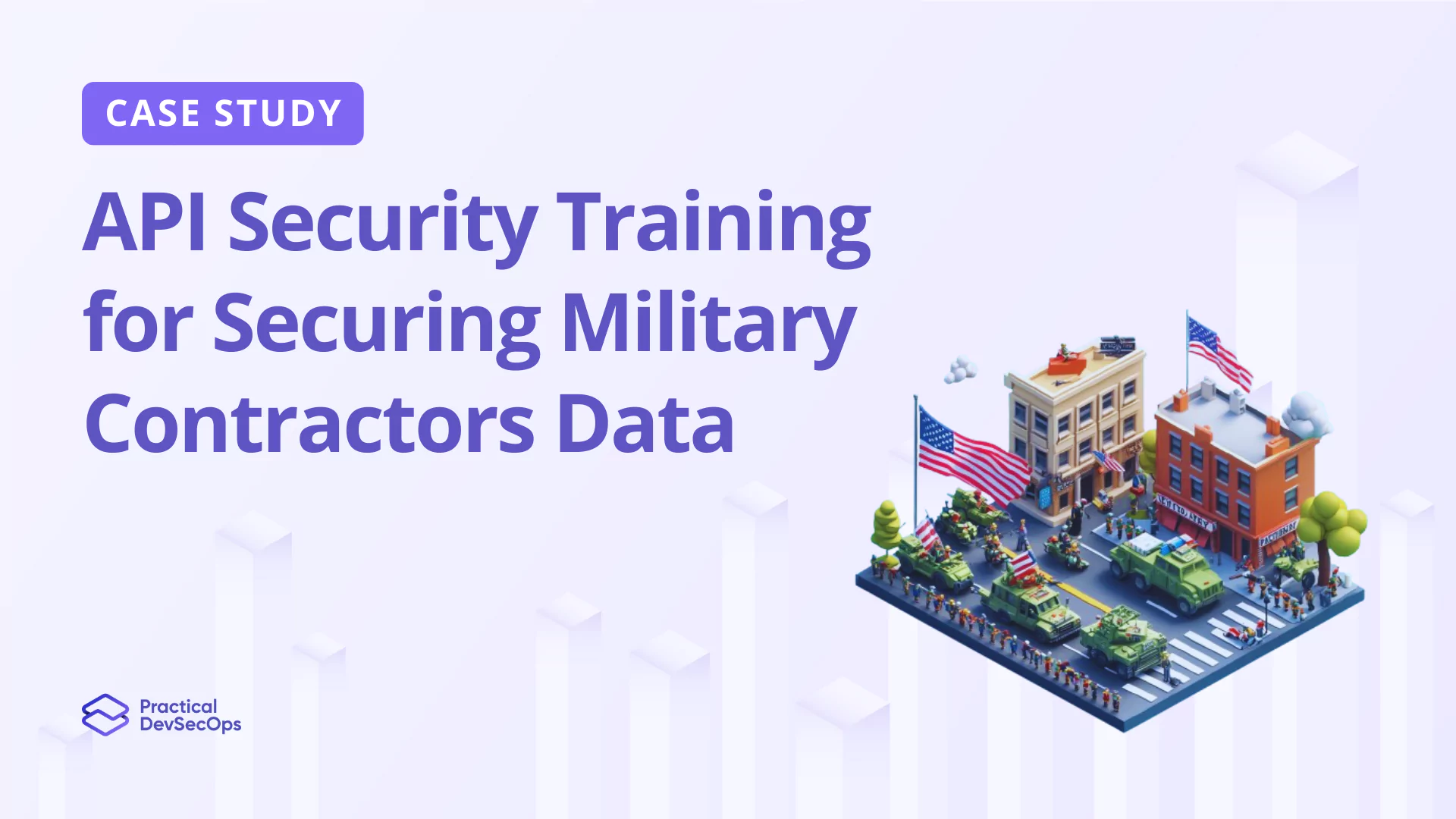In the realm of application development, APIs (Application Programming Interfaces) have become indispensable for seamless integration and data sharing. However, with this increased reliance on APIs comes the need to address the associated security challenges. In this article, we will delve into the OWASP API Security Top 10 for 2023 – a comprehensive list of the most critical API security risks identified by the Open Web Application Security Project. By understanding these risks and implementing effective safeguards, you can fortify your systems and protect your valuable data from potential threats.
1. Broken Object Level Authorization
Attackers can exploit vulnerable API endpoints by manipulating object IDs within requests. Object IDs can be sequential integers, UUIDs, or generic strings and are easily identifiable in the request-target, headers, or payload.
Best Practices to prevent:
- Implement a strong authorization mechanism based on user policies and hierarchies.
- Perform authorization checks for every action on records.
- Use random and unpredictable GUIDs as record IDs.
- Test the authorization mechanism thoroughly before deploying changes.
2. Broken Authentication
Broken authentication and session management can enable attackers to impersonate valid users and compromise data privacy and infrastructure.
Best Practices to prevent:
- Implement two-factor authentication
- Secure session management
- Enforce strict password policies
- Account lockouts and brute-force protection
- User account monitoring
- Security incident response
Also Read, API Security Best Practices
3. Broken Object Property Level Authorization
Broken object property level authorization allows unauthorized access to sensitive object properties, which can lead to data exposure, loss, corruption, and potential privilege escalation or account takeover.
Best Practices to prevent:
- Regularly review and validate access permissions.
- Apply the principle of least privilege.
- Conduct thorough security testing and code reviews.
- Implement strong object property level authorization controls.
4. Unrestricted Resource Consumption
Unrestricted resource consumption occurs when an API allows excessive or uncontrolled use of system resources, leading to a degradation of service or a complete service disruption for legitimate users.Best Practices to prevent:
- Implement proper rate limiting and throttling mechanisms.
- Set resource consumption limits and enforce them.
- Conduct regular performance testing and monitoring.
- Employ caching and optimization techniques.
Also Read, Best API Security Testing Tools
5. Broken Function-Level Authorization
Broken function-level authorization involves unauthorized access to sensitive functions or data due to misconfigured or weak access controls. This potentially allows actors to perform escalated actions, leading to data breaches or application hijacking.
Best Practices to prevent it:
- Implement strict access controls to ensure appropriate role-based access to sensitive data.
- Use an automated access control mechanism.
- Implement regularly scheduled device updates.
- Stay current with information and vulnerability feeds and exploit databases.
Also Read, Top 5 API Security Risks
6. Unrestricted Access to Sensitive Business Flows
Unrestricted access to sensitive business flows is a significant API security vulnerability, enabling unauthorized users to manipulate critical operations, bypass business rules, and compromise sensitive data.
Best Practices to prevent it:
- Implement strong access controls and permissions
- Input validation to prevent attacks
- Enforce business logic checks
- Encrypt sensitive data
- Monitor access logs
Also Read, Best API Security Books
7. Server Side Request Forgery
Server-Side Request Forgery (SSRF) is an API security vulnerability where attackers manipulate a server to make unintended requests to internal or external resources. It can lead to unauthorized data exposure, service disruption, and further exploitation.
Best Practices to prevent it:
- Validate inputs rigorously
- Use whitelisting to limit server access
- Employ network-level protections
- Enforce access controls strictly
- Regularly update server software
8. Security Misconfiguration
Improperly configured systems and software pose risks to APIs. Common security misconfigurations include insufficiently secured cryptography protocols, incorrect file permission configuration, and poor endpoint protection.
Best Practices to prevent it:
- Follow the OWASP secure coding principles and guidelines.
- Enforce strict access controls.
- Use a secure configuration management process that reduces the attack surface of the API.
9. Improper Inventory Management
Improper inventory management in an API creates security vulnerabilities, allowing attackers to breach data, manipulate inventory, and cause financial losses by exploiting weaknesses like insufficient validation and access controls.
Best Practices to prevent it:
- Strong access controls
- Thorough input validation
- Secure authentication and authorization
- Regular monitoring and auditing
- Encryption for sensitive inventory data
10. Unsafe Consumption of APIs
Unsafe API consumption occurs when developers trust third-party API data more than user input, leading to weaker security standards. Attackers exploit this vulnerability by targeting integrated third-party services instead of directly attacking the API.
- Validate and sanitize API data
- Apply consistent security standards
- Assess and update third-party service security
- Implement strict access controls
- Stay informed about API security
Download Free E-book on API Security
Interested in API Security Hands-On Upskilling?
Practical DevSecOps offers an excellent Certified API Security Professional (CASP) course with hands-on training through browser-based labs, 24/7 instructor support, and the best learning resources to upskill in API security.
Start your journey mastering API security today with Practical DevSecOps!
Also Read about, API Security Trends of 2024






0 Comments